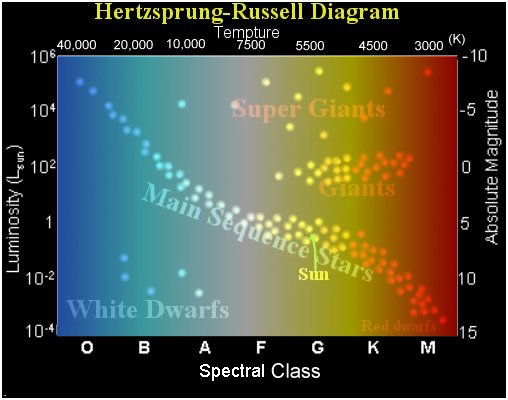Devonian Period
Devonian Period existed 408-360 million years ago and it was a period where a lot of fishes, land plants and lot of other organisms appeared and became diversed.
For example: first tetrapods, first amphibians, first sharks, coral reefs, new insects and much more.
During this period, two supercontinents were formed "Gondwana and Euramerica."
During this period, two supercontinents were formed "Gondwana and Euramerica."
1. What did you enjoy most about this project?
From this project, I enjoyed that we had to find informations about our period and learn more about what happened during that time.
2.What was the most challenging about this project? Why?
Doing the reference paper was the most challenging part of this project because finding pictures and doing the reference paper was really confusing.
3.What you change about this project and why?
I would not change anything about this project because even though it was a hard, it was really fun.
4. What are 3 things that you learned from this project?
I learned about when did this period started, how was life on earth during this time period and what organism lived, and about the geologic events.







